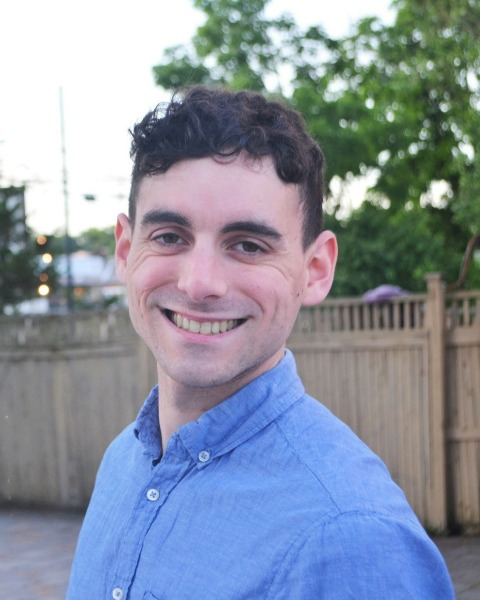Symposia
Eating Disorders
4 - (SYM 81) Intraminority Stress and Eating Disorder Symptoms Among Gay and Bi+ Men: An Intersectional Social Safety Perspective

Benjamin F. Shepherd, M.S., M.Ed. (he/him/his)
Nova Southeastern University
Dania Beach, Florida, United States- JM
Janell Mensinger, Ph.D. (she/her/hers)
Associate Professor
Department of Clinical and School Psychology, Nova Southeastern University
Fort Lauderdale, Florida, United States - PB
Paula M. Brochu, Ph.D.
Associate Professor
Nova Southeastern University
Fort Lauderdale, Florida, United States
Speaker(s)
Co-author(s)
Introduction: Eating disorders (ED) disproportionately affect gay and bi+ men compared to heterosexual men. Research primarily identifies social stress related to heterosexist stigma (i.e., minority stress) as a key factor driving ED disparities without considering intersecting forms of stigma that shape gay and bi+ men’s perceptions of the mainstream gay community (i.e., intraminority stress). To inform ED prevention and intervention efforts, we explored links between intraminority stress in terms of individual-level experiences and community-level perceptions and ED symptoms, as well as the potential mediation of these links by social anxiety, using an integrative lens of intraminority gay community stress theory and social safety theory.
Method: Utilizing Prolific-sourced data from the first wave of an ongoing longitudinal study of 604 racially/ethnically diverse gay and bi+ men living in the US (People of Color=56%; ages 18-81, Mage=35.06, SD=12.02), a mediation analysis was conducted in Mplus. This analysis included heterosexist stigma as a covariate and will be conducted longitudinally once data collection is complete across three waves of data (i.e., baseline, 3-, and 6-months).
Results: At baseline, experiences of stigma from other gay and bi+ men (i.e., body stigma, gender expression stigma, racial/ethnic stigma, socioeconomic stigma, age stigma, gay/bi+ non-conformity stigma) were indirectly associated with ED symptoms via higher social anxiety, βs=.04-.08, ps=< .001-.013, above the effect of heterosexist stigma. Similarly, stress related to perceptions of the mainstream gay community (i.e., perceived focus on sex, status, competition, exclusion of diversity) was indirectly associated with ED symptoms via higher social anxiety, β=.03, p=.034, above the effect of heterosexist stigma.
Conclusion: These data show preliminary evidence that gay and bi+ men’s disordered eating behaviors may be uniquely influenced by multiple forms of stigma specifically from other gay and bi+ men and related community perceptions as a function of social anxiety. These findings underscore the need to consider social anxiety in the context of intersecting identities and systems of oppression to address ED disparities affecting gay and bi+ men, particularly those with multiple minoritized identities.

.png)
